Confusion has been swirling in the aftermath of President Donald Trump’s immigration orders. To clear up some of that confusion, here are the basic facts behind the travel ban and what has happen since it was signed into effect.
- On January 27, 2017, President Trump signed an executive order banning immigration from Iraq, Syria, Iran, Libya, Somalia, Sudan and Yemen to the United States for 90 days.
- The ban also blocked refugees from entering the U.S. for four months.
- The order demands a review of the Visa Interview Waiver Program, which lets traveling citizens from 38 foreign countries renew their travel authorization without participating in in-person interviews.
- Since September 11, 2001, no one from the seven targeted countries has carried out a terrorist attack against the United States. However, there are three non-lethal incidences in which perpetrators are connected with Somalia and Iran.
- Immigrants from the seven countries listed in Trump’s ban were also given travel restrictions by a law signed into effect by the Obama administration in December of 2015.
- Immediately after the order was signed into effect, mass protests erupted at airports across the United States. Lawyers stepped in to do pro bono work for travelers impacted by the new ban.
- On January 28, 2017, federal New York Judge Ann M. Donnelly blocked part of the order. The following day, a Massachusetts judge issued a temporary restraining order against the executive order. That same day, Trump attempted to defend his order.
- On January 30, 2017, the State of Washington filed a complaint against Trump, the Department of Homeland Security and its secretary John F. Kelly, and Acting Secretary of State Tom Shannon. The State asked for relief from parts of Sections 3 and 5 of Trump’s executive order.
- On the same day, Attorney General Sally Yates was fired by Trump for refusing to defend the executive order.
- In early February of 2017, federal district judge James L. Robart ruled in favor of the State of Washington and blocked some restrictions set forth by the executive order, allowing thousands of immigrants to enter the United States.
- A week after Trump’s travel ban was partially blocked, a three-judge federal appeals panel unanimously turned down the bid to reinstate Trump’s executive order, citing that the ban would not improve national security and that there is no evidence to suggest anyone from the seven blacklisted countries had committed acts of terrorism in the United States.
- On February 21, 2017, news broke that President Trump once again plans to unveil a revised version of his executive order to ban immigrants and refugees from predominantly Muslim countries from entering the United States. This was confirmed by Secretary Kelly, who claimed that the new order will be a more streamlined edition of its predecessor.
- Kelly stated that the new executive order will not restrict those with Green Cards or visas from re-entering the United States. It also will not impact foreign travelers coming to the United States at the time the order is enacted. Instead, there will be a brief phase-in period for those individuals coming into the U.S.
- It is currently unclear as to whether the revised executive order will actually be a ban on Muslims. Trump has previously claimed that preference will be given to Christians fleeing religious persecution.
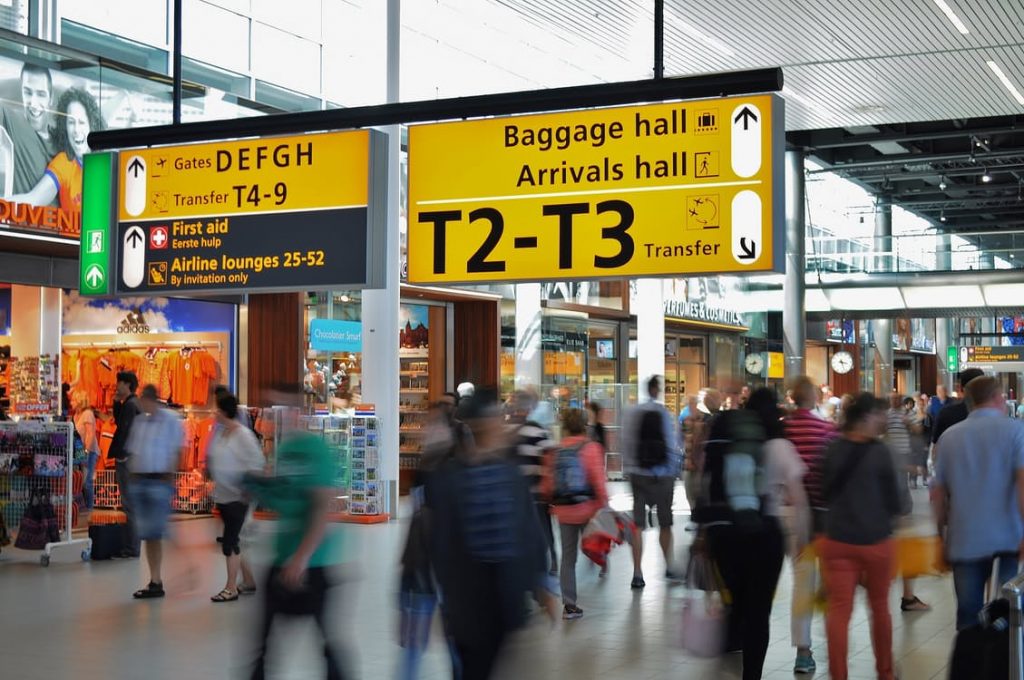


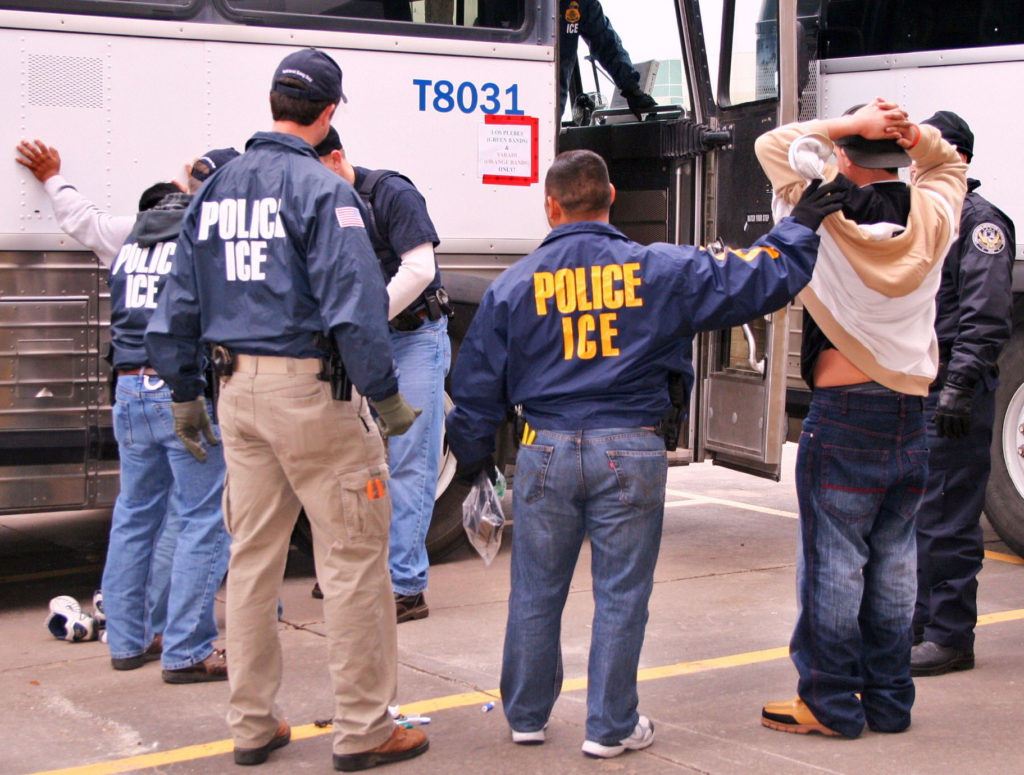
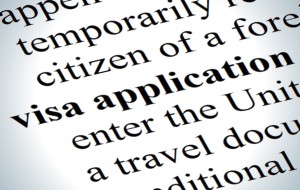
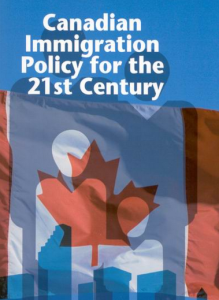 The new immigration policy of the 1920s, the Great Depression, and World War II caused there to be a dramatic decrease in immigration to Canada and the United States. After World War II, legislation allowed refugees and displaced persons from the war to immigrate to the United States and Canada. Both countries’ ideologies began to shift more towards egalitarian ideas such as welfare state and multiculturalism which implemented more tolerance towards people of different races and lead the charge against racial discrimination.[1] During the 1960s, the Civil Rights Movement lead to an increasing interest group for racial acceptance which fostered the new immigration policies implemented by the United States and Canada. (Talk about Great Society coalition of Jews, Catholics and Liberals as described in Mills) It was with these policies in which Canada decided to take a different route than that of the United States’.
The new immigration policy of the 1920s, the Great Depression, and World War II caused there to be a dramatic decrease in immigration to Canada and the United States. After World War II, legislation allowed refugees and displaced persons from the war to immigrate to the United States and Canada. Both countries’ ideologies began to shift more towards egalitarian ideas such as welfare state and multiculturalism which implemented more tolerance towards people of different races and lead the charge against racial discrimination.[1] During the 1960s, the Civil Rights Movement lead to an increasing interest group for racial acceptance which fostered the new immigration policies implemented by the United States and Canada. (Talk about Great Society coalition of Jews, Catholics and Liberals as described in Mills) It was with these policies in which Canada decided to take a different route than that of the United States’.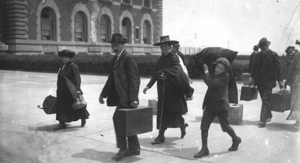 Immigration policy rose in national importance in the 1920s for a couple of reasons. “Economic concerns, nationalism brought about by World War I, and a tilt toward a smaller percentage of new immigrants with English as their native language contributed to moving public sentiment towards restricting immigration”. The emergence of “Eugenics” as a public policy tool in policy circles and Western philosophy also played a role. “Eugenics is the belief in improving the qualities of the human race by preventing the reproduction of people deemed to have genetic defects or undesirable characteristics and/or encouraging increased reproduction by those with supposed desirable inheritable characteristics.” According to Anderson, this widespread belief in eugenics was a decisive factor in creating the restrictive immigration laws in the 1920s. Natives in Canada and the United States were in favor of the status quo of their countries, so they did not want a large amount of immigrants they deemed as “undesirable” tainting their countries national structure.
Immigration policy rose in national importance in the 1920s for a couple of reasons. “Economic concerns, nationalism brought about by World War I, and a tilt toward a smaller percentage of new immigrants with English as their native language contributed to moving public sentiment towards restricting immigration”. The emergence of “Eugenics” as a public policy tool in policy circles and Western philosophy also played a role. “Eugenics is the belief in improving the qualities of the human race by preventing the reproduction of people deemed to have genetic defects or undesirable characteristics and/or encouraging increased reproduction by those with supposed desirable inheritable characteristics.” According to Anderson, this widespread belief in eugenics was a decisive factor in creating the restrictive immigration laws in the 1920s. Natives in Canada and the United States were in favor of the status quo of their countries, so they did not want a large amount of immigrants they deemed as “undesirable” tainting their countries national structure.